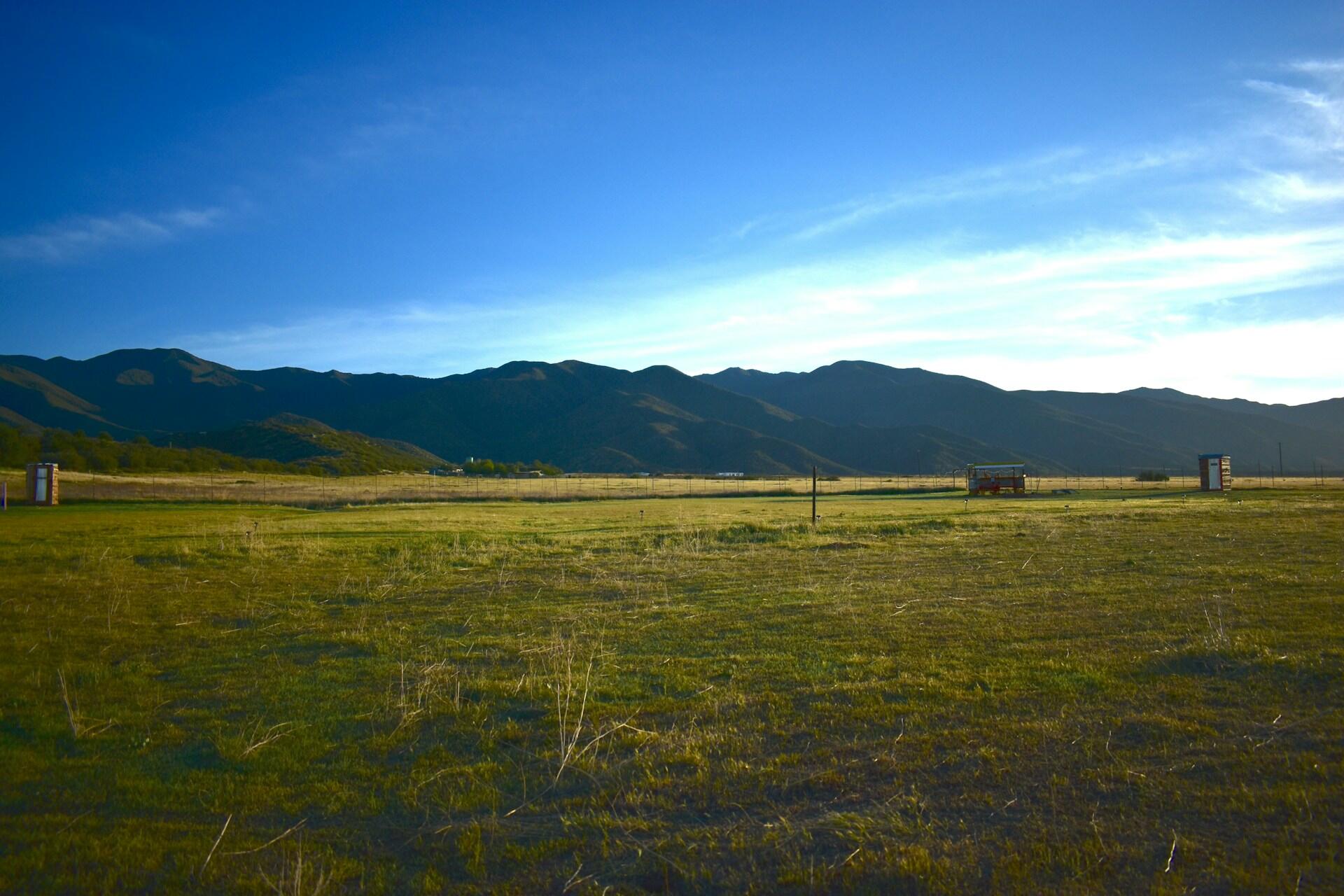At times when residents face water-use restrictions, corporate growers continue to produce water-intensive crops like rice, alfalfa, and almonds.
Agrowing number of residents and owners of small family farms in California’s Cuyama Valley would rather you stop eating carrots. Or, rather, they’d prefer you not buy them from two of the country’s largest carrot producers—Grimmway Farms and Bolthouse Farms—with whom they’re locked in a water use rights lawsuit.
The small farmers claim that the two carrot producers led a committee tasked with creating a sustainable plan for the valley’s groundwater reserves, which have been dropping fast over the past two decades. Grimmway and Bolthouse then filed suit against virtually every water user in the valley, delaying implementation of the plan while the case winds its way through California’s courts—buying time, the farmers contend, so they can continue to pump the community’s groundwater, knowing that similar cases have taken up to 20 years to resolve.
The two companies themselves have actually dropped out of the lawsuit, but their subsidiaries that operate land leases in the valley still remain as plaintiffs. Grimmway and Bolthouse account for nearly two thirds of all groundwater pumped out of the Cuyama Valley—roughly three times the annual water use of the nearby city of Santa Barbara. While many local farmers have switched to less water-intensive crops, like olives, the corporations continue to tend their fields of thirsty carrots.
Recommended Fodor’s Video
But What Does Any of This Have to Do With Tourism?
Visitors are hardly flocking to California’s carrot fields—and even if they were, should they care about a fight over groundwater?
Well, to some degree, yes.
Fodor’s recently published its annual No List for 2024, highlighting several destinations travelers should reconsider until they can be more sustainably managed. While many of the destinations are plagued with problems related to overtourism, it’s water quality and sufficiency that is the key concern in a significant number of this year’s entries, including Lake Superior, the Ganges River, and Koh Samui.
It’s also worth noting that the list of defendants in the lawsuit includes anyone who uses groundwater in the valley, which snakes along remote corners of San Luis Obispo, Kern, Santa Barbara, and Venture Counties. While the region is not among California’s most visited, the small family farms there produce a sizable amount of produce that finds its way to tables up and down the Central Coast—including in tourist-beloved coastal areas along Highway 1.
Costs for tourism-related businesses increase as water restrictions come into effect during drought periods, and many hotels and restaurants must alter their procedures to conserve water.
While California was recently declared virtually drought free (only small corners of the state are experiencing mild drought—compared to late 2022 when most of the state was experiencing exceptional drought), it’s worth noting that the issue in the lawsuit is groundwater, which takes thousands of years to accumulate. Once groundwater reserves are fully depleted, communities become even more dependent on rainwater and reservoirs, which are more immediately impacted by the effects of climate change.
Water restrictions impact the visitor experience in surrounding communities. Costs for tourism-related businesses increase as water restrictions come into effect during drought periods, and many hotels and restaurants must alter their procedures to conserve water.
In Cuyama Valley, residents named in the lawsuit are hoping their singular focus on their adversaries’ carrots will draw enough attention to lift the suit and allow the state’s agreed-upon water management plan to be enacted. Many also advocate for the companies to shift production to less water-intensive crops.
Water has been a hot-button issue in California for over a century, but the attention to agricultural uses has spiked in recent years as the Golden State faced exceptional drought. At times when residents face water-use restrictions, corporate growers continue to produce water-intensive crops like rice, alfalfa, and almonds.
The groundwater situation in Cuyama Valley may not have reached proportions dire enough for a No List entry, but it’s also worth noting that travelers should stay informed about the destinations they plan to visit—not only on their own direct impact, but of the challenges faced by the communities they’re poised to drop into. It’s all part of experiencing destinations in a fully present, omnidirectional manner, instead of simply extracting the highlights.
California is the country’s largest agricultural producer, harvesting $51 billion worth of crops in 2021—11% of the overall U.S. agricultural output by dollar value. California also has the country’s largest tourism economy, valued at $139 billion in 2022.




